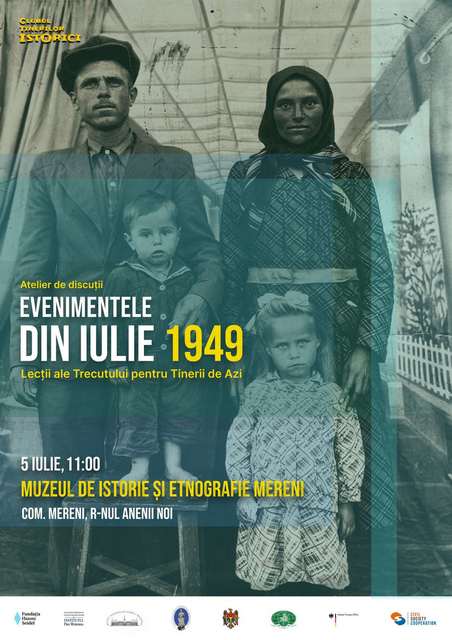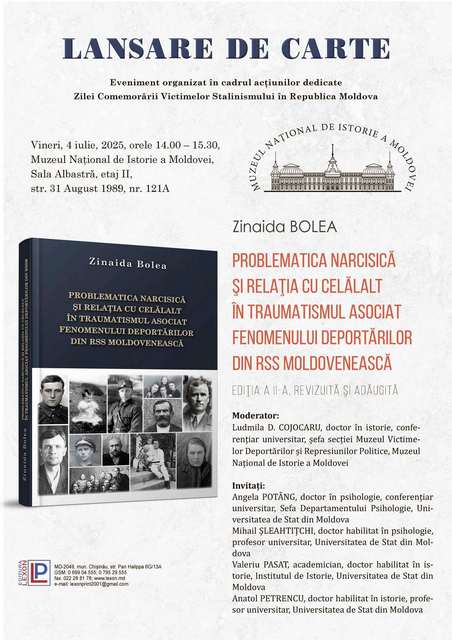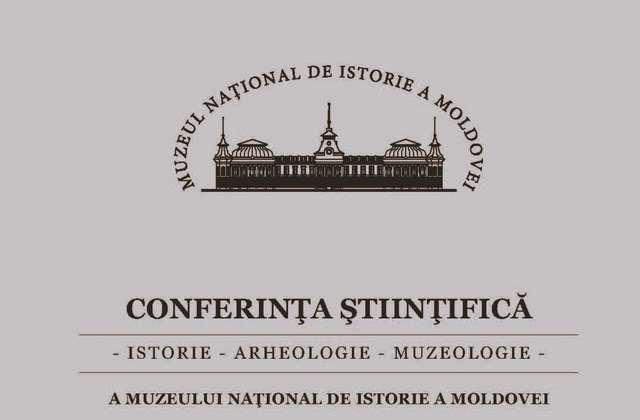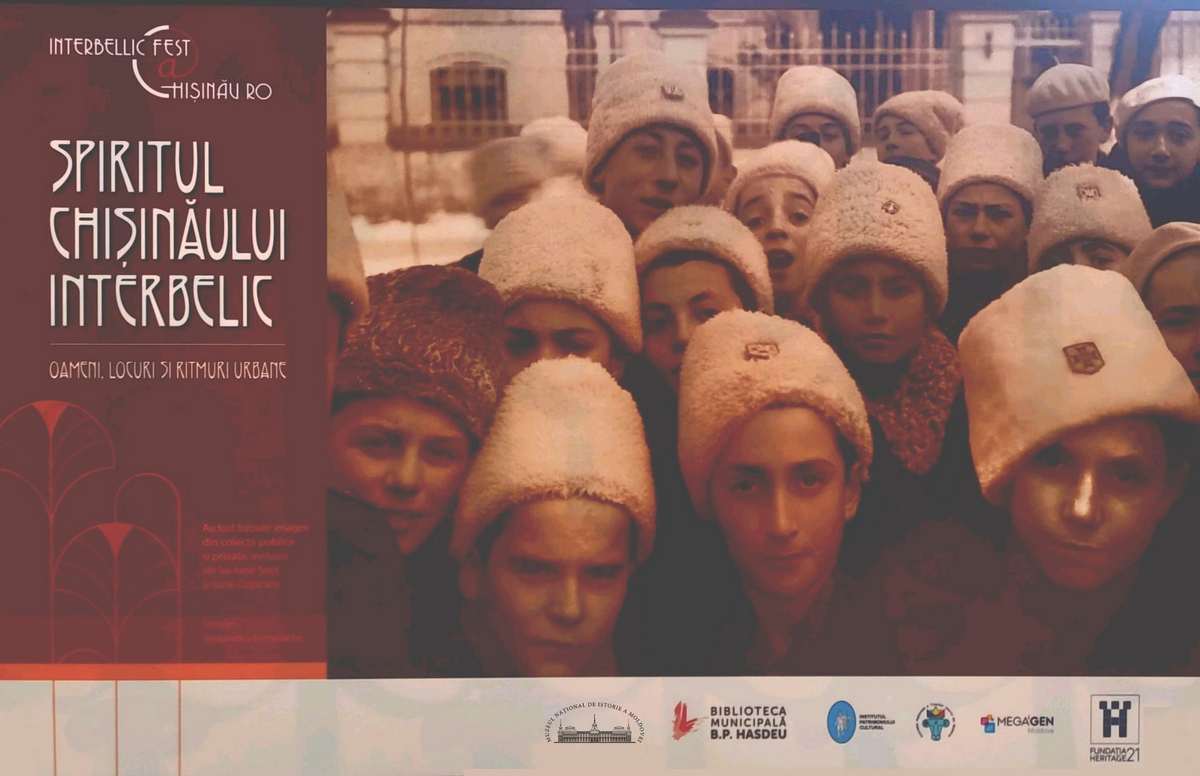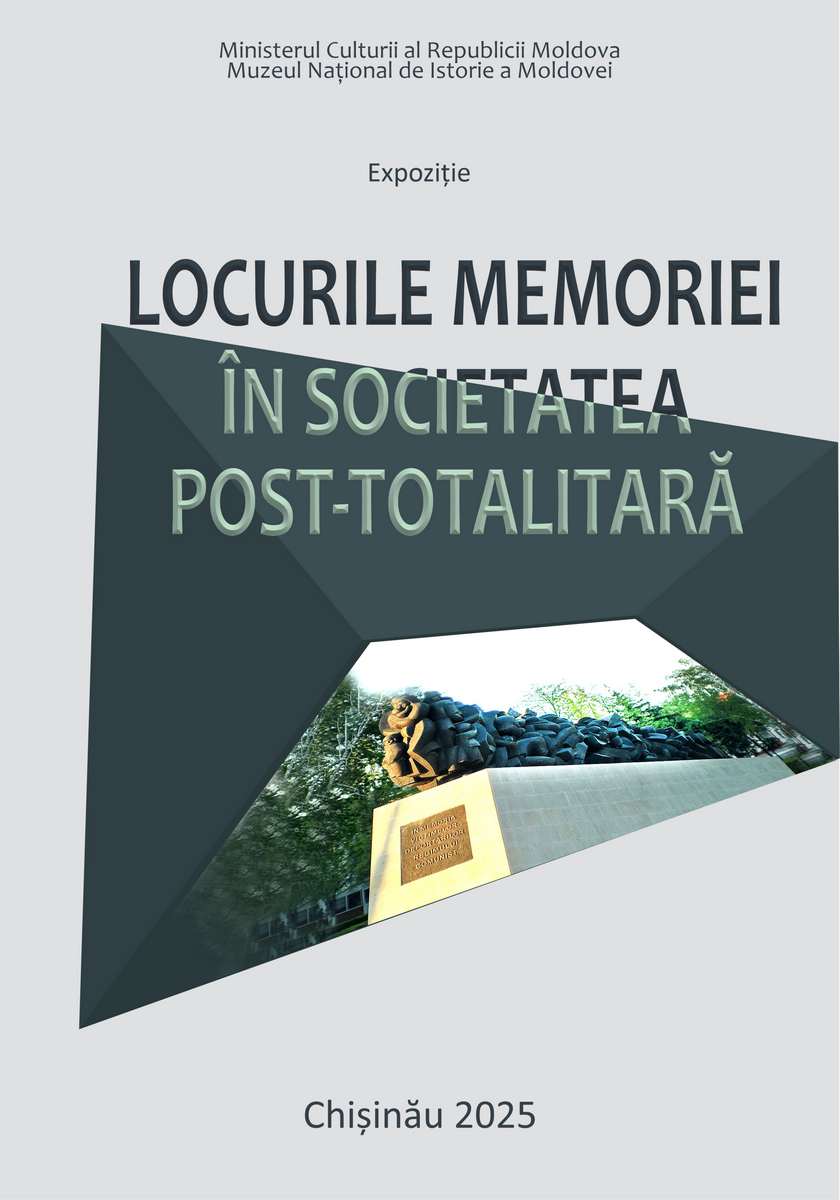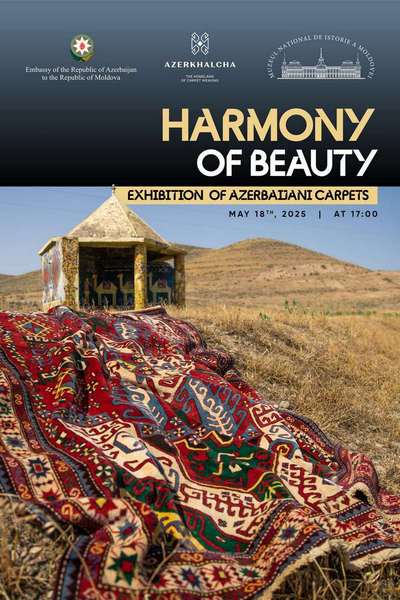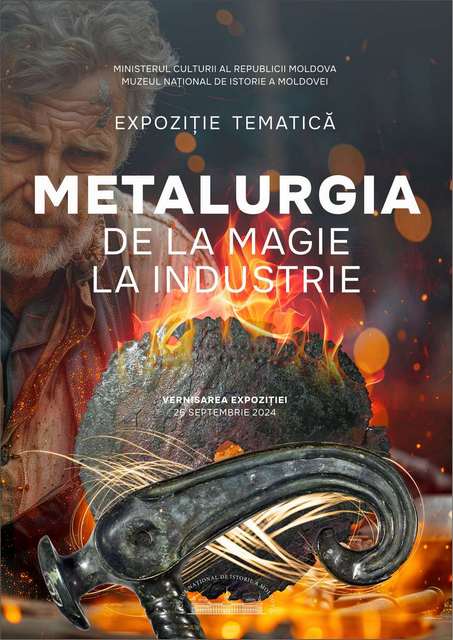  #Exhibit of the Month #Exhibit of the Month
October 2024
Musical Box, Switzerland, ca. 1880. Walnut wood, metal, glass
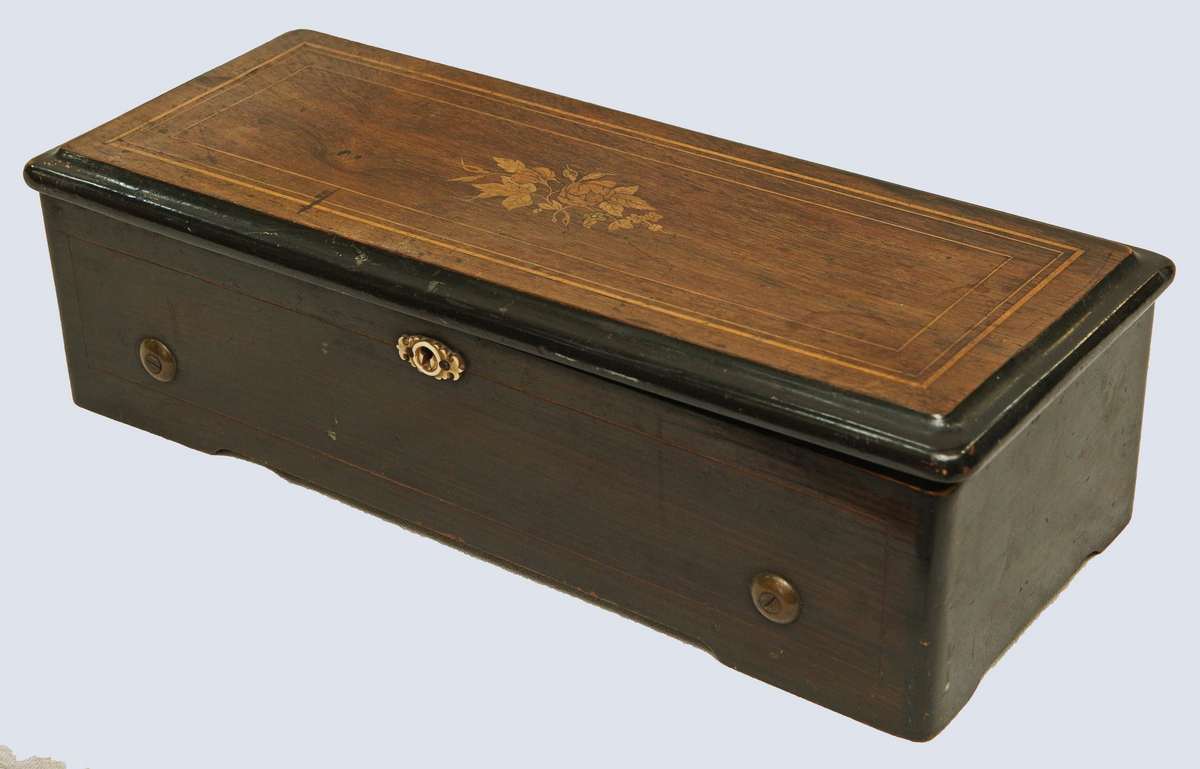 The music is recorded on a cylinder with pins. The interior is divided into three compartments: the first contains the crank and the mechanism that operates the cylinder with pins, the second - the cylinder with pins and vibrating lamellae, and the third - two levers for starting and stopping the melody. The cylinder holds seven melodies by W.A. Mozart, which are played through the vibration of steel teeth arranged in a comb, whose tips are adjacent to the cylinder. The lid of the box features floral marquetry on its outer surface. This cultural asset is classified under the "Tezaur" category.
The music is recorded on a cylinder with pins. The interior is divided into three compartments: the first contains the crank and the mechanism that operates the cylinder with pins, the second - the cylinder with pins and vibrating lamellae, and the third - two levers for starting and stopping the melody. The cylinder holds seven melodies by W.A. Mozart, which are played through the vibration of steel teeth arranged in a comb, whose tips are adjacent to the cylinder. The lid of the box features floral marquetry on its outer surface. This cultural asset is classified under the "Tezaur" category. The Story of Musical Boxes Musical boxes originated in Switzerland at the end of the 18th century. In 1796, watchmaker Antoine Favre-Salomon invented a pocket watch with an incorporated musical mechanism, using the principle of tuned metal lamellae. The invention quickly spread, soon leading to the creation of musical boxes independent of watches. Initially invented and built for the salon entertainment of the aristocracy, musical boxes quickly evolved, capturing the market and public interest with these entertainment machines. The musical box industry was predominantly centered in Switzerland. Geneva remains the cradle of the musical box, even though the art of crafting these musical wonders spread to other regions of Switzerland - such as Jura, Auberson, and Sainte Croix - and later to other countries, including France, Germany, and Czechoslovakia. Some of the most notable manufacturers of musical boxes include: Mermod Frères, Paillard, Reuge, Thorens, Cuendet, Junod, Nicole Frères, Ducommun-Girod, Brémond, and L'Epee. 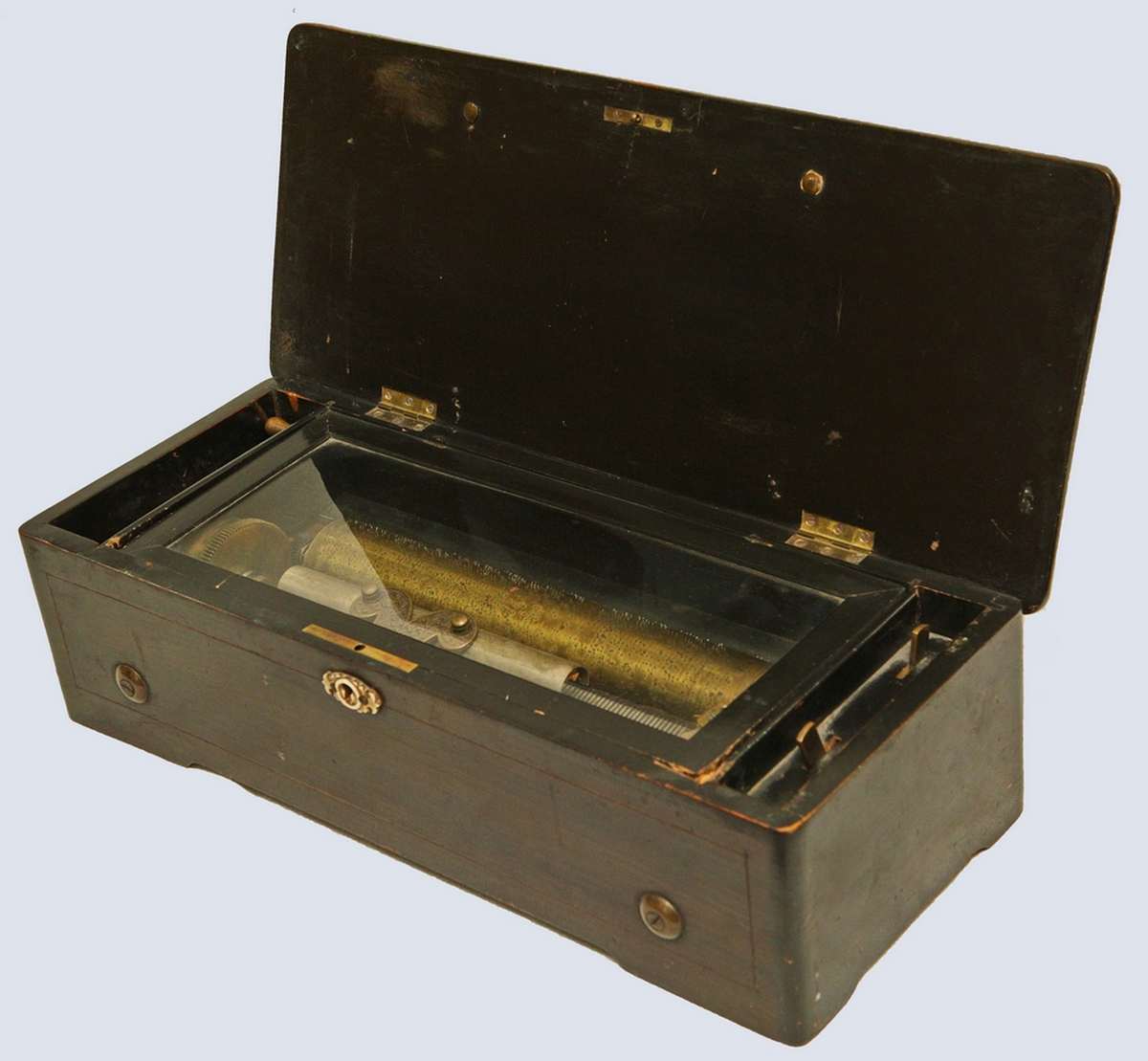 The musical box operated on a relatively simple principle: a cylinder with pins (cylindrical pins) would, through rotation, actuate a metal "comb" tuned to specific musical notes, both being concealed from view in one of the box's compartments. By turning the cylinder - with the help of a spring mechanism (similar to that of watches) - the pins would strike the steel "teeth" of the comb, causing them to vibrate and produce different musical notes. A musical box could have a limited number of melodies "programmed" onto the cylinder - from 4 to 12. Over time, the cylinders were replaced with interchangeable metal discs. Based on this operating principle, large musical boxes emerged in cafés and taverns, which could be activated by inserting a coin, allowing users to select their preferred disc. Besides the ingenious mechanism, musical boxes also stood out for the artistry of their exterior decorations, featuring materials such as precious woods, mother-of-pearl, ivory, and metal. The decline of musical boxes began with the invention of the phonograph (1877) and the gramophone (1887). Production continued for a while, but by the early 20th century, most renowned companies had abandoned the business and started manufacturing other mechanical musical instruments.
|
 31 August 1989 St., 121 A, MD 2012, Chisinau, Republic of Moldova
31 August 1989 St., 121 A, MD 2012, Chisinau, Republic of Moldova



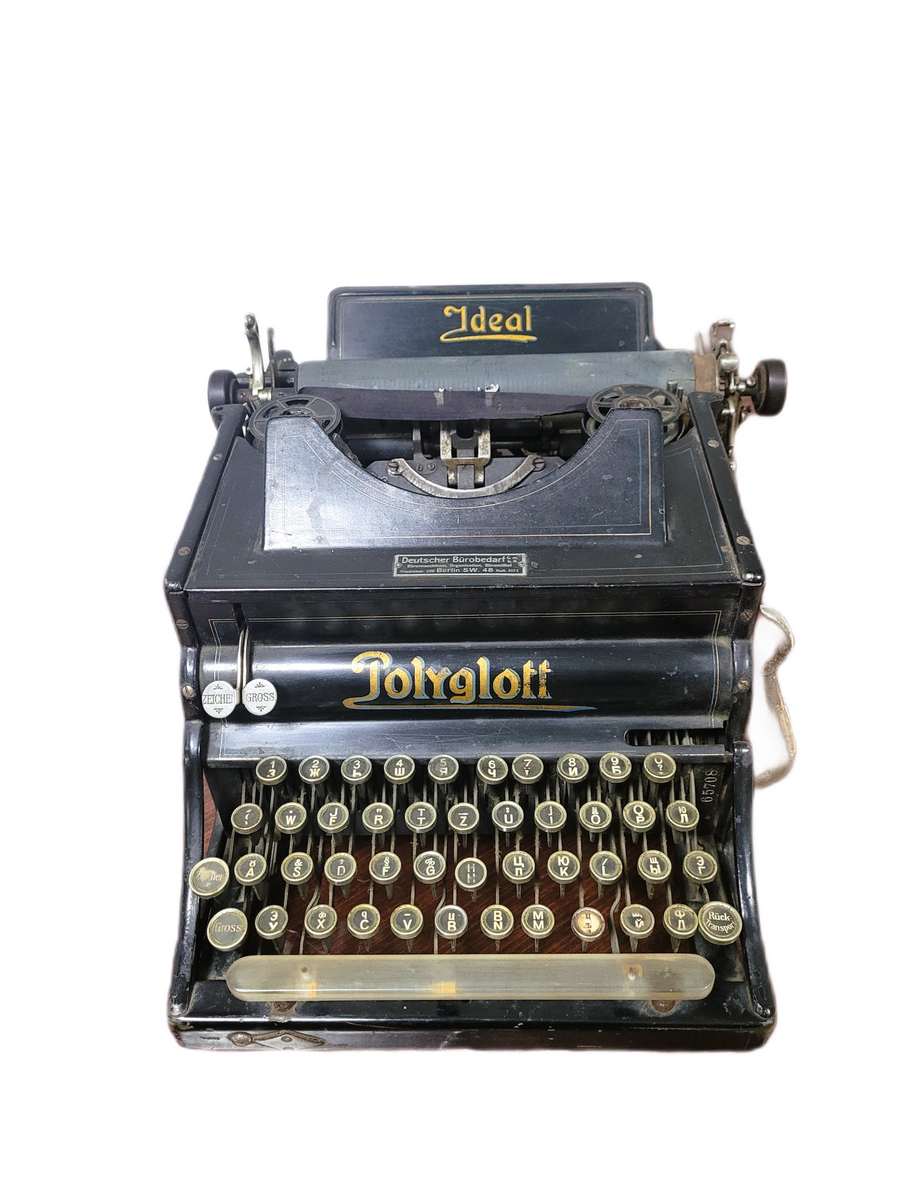
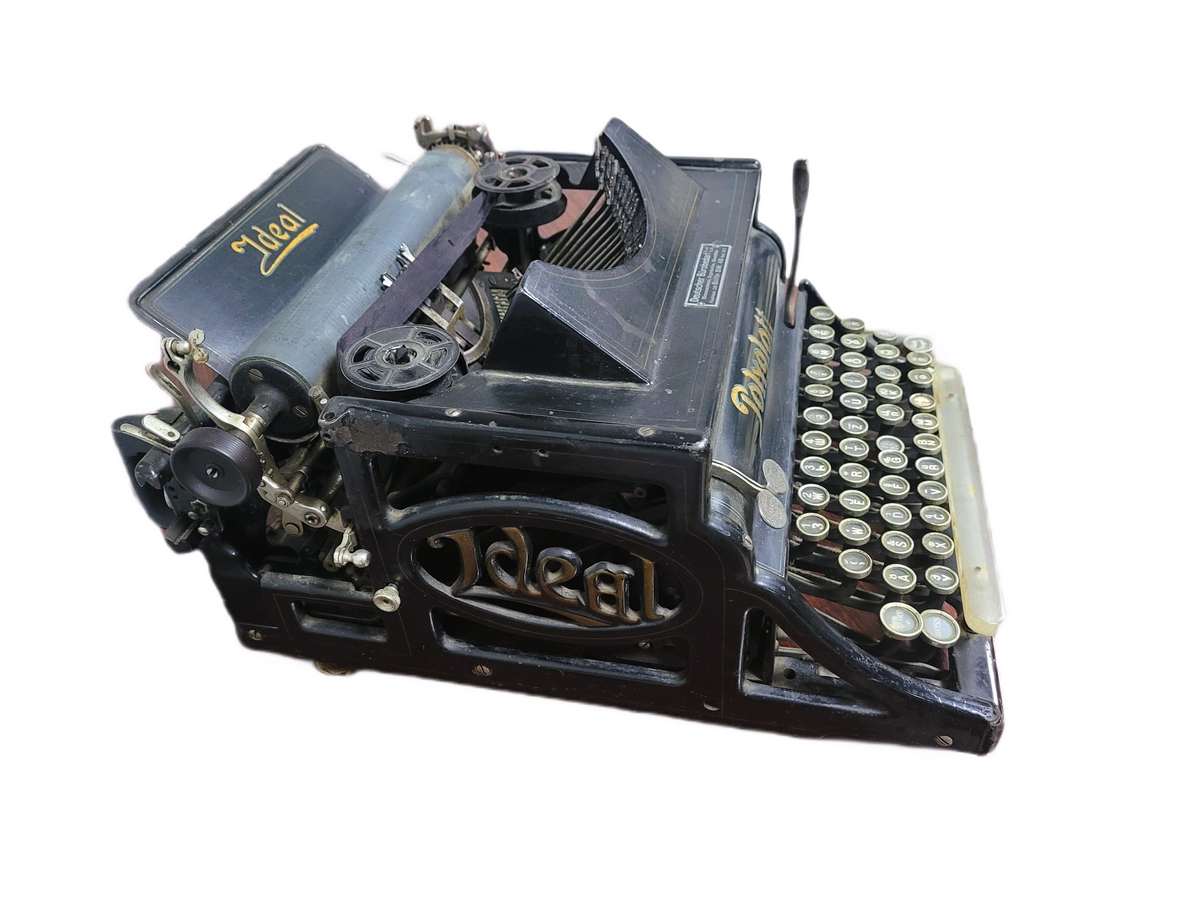 The side panels are elegantly decorated with refined cast-iron elements in the Art Nouveau style, displaying the brand name - "Ideal." The Polyglott model, featuring a bilingual keyboard patented in the United Kingdom by Max Klaczko from Riga, Latvia, was produced between 1902 and 1913, marking the first typewriter capable of writing in two languages. The "Ideal Polyglott" typewriter was actively sold in the Russian Empire and gained significant popularity in Poland, Bulgaria, and Serbia.
The side panels are elegantly decorated with refined cast-iron elements in the Art Nouveau style, displaying the brand name - "Ideal." The Polyglott model, featuring a bilingual keyboard patented in the United Kingdom by Max Klaczko from Riga, Latvia, was produced between 1902 and 1913, marking the first typewriter capable of writing in two languages. The "Ideal Polyglott" typewriter was actively sold in the Russian Empire and gained significant popularity in Poland, Bulgaria, and Serbia.































